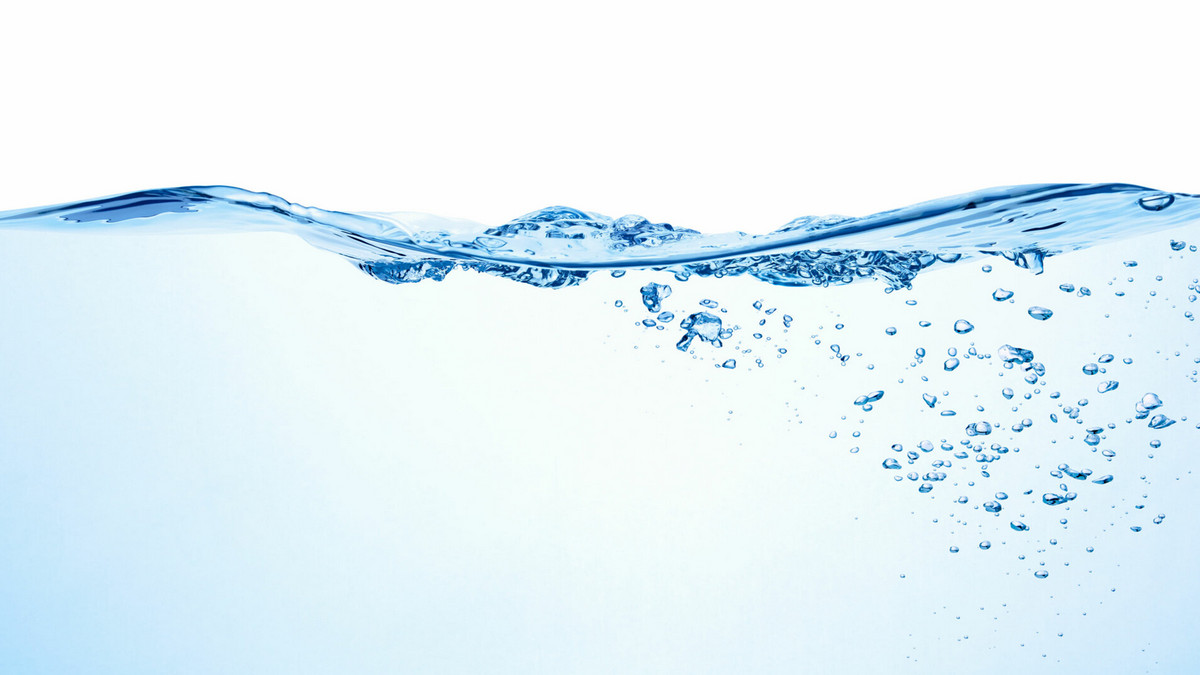With any water filtration system, ensuring optimal system performance is critical for maintaining water quality and extending the lifespan of filtration components. Reverse osmosis (RO) water filter system pressure gauges are an effective solution for monitoring pressure fluctuations within filtration systems, helping users detect potential issues before they compromise water quality. By providing real-time pressure readings, these gauges enable users to assess the condition of their filters, diagnose clogs, and ensure proper system operation.
System Optimization and Maintenance
Pressure gauges offer several advantages for maintaining an efficient RO water filtration system:
• Early Detection of Clogs and Maintenance Needs: A significant drop in pressure may indicate a clogged filter that requires replacement, preventing the system from overworking and reducing efficiency.
• Optimization of System Performance: By monitoring pressure levels, users can ensure that the RO system operates within the recommended pressure range, which is essential for producing high-quality filtered water.
• Prolonged Filter Life: Regular pressure monitoring helps avoid unnecessary strain on filters and membranes, extending their lifespan and reducing replacement costs.
• Broad Applicability: Pressure gauges are used in residential, commercial, and industrial water filtration systems to maintain consistent performance and prevent operational failures.
Types of Pressure Gauges for Water Filter Systems
There are several types of pressure gauges available for RO water filter systems, each suited for different applications:
Bourdon Tube Pressure Gauges: These mechanical gauges utilize a coiled tube mechanism to measure pressure and are widely used due to their durability and reliability.
Digital Pressure Gauges: These gauges provide accurate digital readings and may include additional features such as alerts and data logging.
Differential Pressure Gauges: Designed to measure the pressure difference between two points, these gauges are particularly useful for detecting filter blockages.
Liquid-Filled Pressure Gauges: Filled with glycerin or silicone oil, these gauges minimize vibration and provide accurate readings in high-pressure environments.
How RO Pressure Gauges Work
Most pressure gauges operate using a mechanical or electronic sensing mechanism to detect pressure changes. The two common types are:
Mechanical Pressure Gauges: These gauges use a Bourdon tube, a C-shaped metal tube that flexes in response to pressure variations. As pressure increases, the tube straightens, causing a needle to move on a dial that displays the pressure reading.
Electronic Pressure Gauges: These gauges use pressure transducers that convert pressure into electrical signals, which are then displayed digitally. Some models include smart monitoring features, allowing users to set alerts for abnormal pressure levels.
Typical Pressures for RO Systems
Overcoming Osmotic Pressure
The core principle of reverse osmosis involves forcing water through a semipermeable membrane to remove contaminants. The system must operate at pressures high enough to overcome the natural osmotic pressure that tries to keep water from passing through the membrane.
For freshwater applications, the osmotic pressure is relatively low, so pressures of 40–100 psi are sufficient. Residential reverse osmosis (RO) systems for drinking water typically operate within this range, with most functioning best at around 60 psi.
Industrial and commercial RO systems may require higher pressures, often in the range of 100–250 psi, to maximize filtration speed and efficiency.
Specialized applications, such as seawater desalination, require even higher pressures—typically 600–1,200 psi—due to the much stronger osmotic resistance caused by the high salt content of seawater.
Importance of Pressure Gauges in RO Systems
Given that pressure is a critical factor in RO system performance, pressure gauges help ensure that the system is operating within the optimal pressure range. By monitoring pressure levels, users can detect issues like clogged filters, membrane degradation, or pump malfunctions before they affect system performance.








.png)





